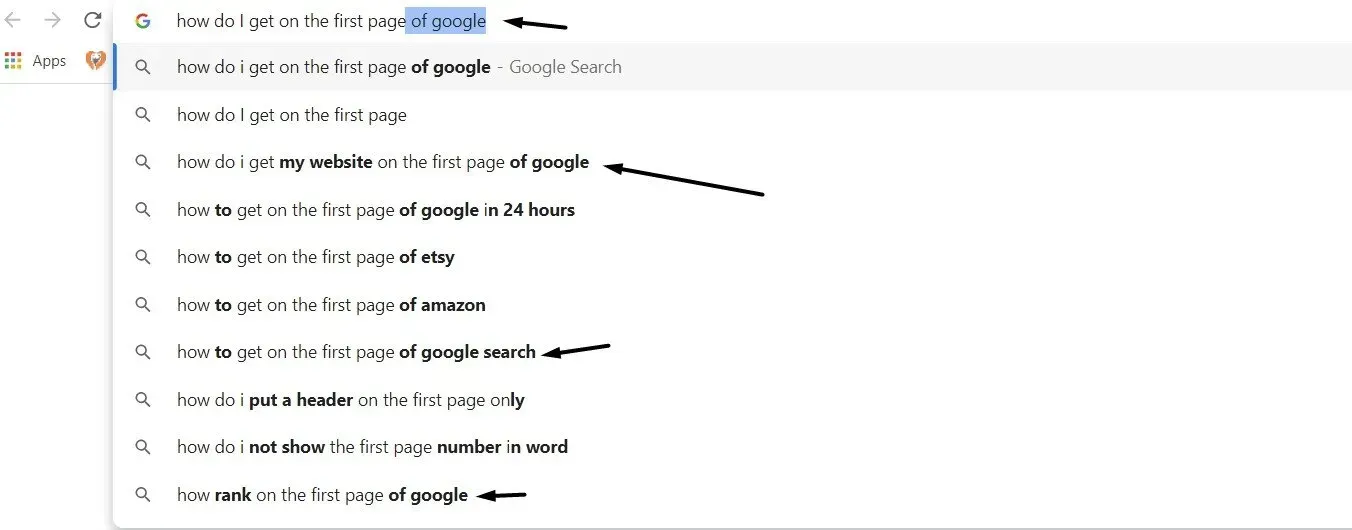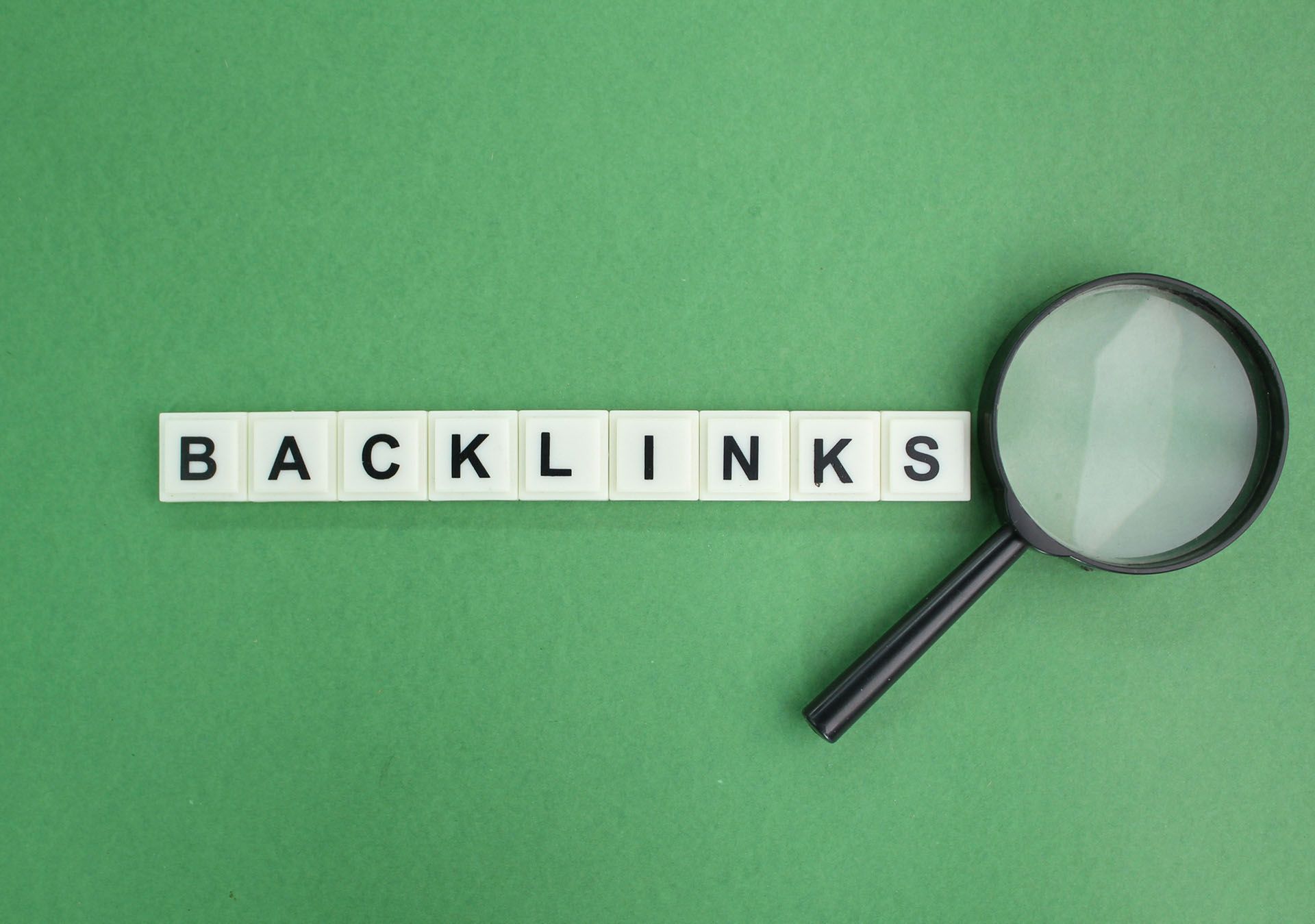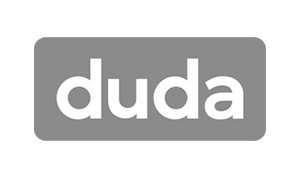Crown Street, Wollongong, 2500
How to Write a Good Blog
Blogging can do many things for your company. It’s great for driving traffic to your website and converting it into leads. It is also an effective way to connect people to your brand, establish your company as an industry authority, and boost your credibility.
With 4.66 billion active Internet users as of early this year, there’s no better time for a business to start blogging than today. However, not all of us are good at it or even have an idea where to begin.
In this blog post, we will teach you the basics on how to write a blog that your audience will read. By the time you’re done reading, you’ll be more than capable of writing your own blog for your business.
Let’s get started!
Steps on writing a good blog
Find a Topic
First off is thinking of a topic to write about.
The beauty of a blog is that you can write about virtually anything. However we have a few tips that we pass onto businesses - start typing into Google search engine.
Google is always trying to find your intent and will suggest the most relevant via the most searched topics. You can also enhance your blog’s visibility and appeal by including creative visuals like a well-thought-out banner design that captures attention and reflects your topic’s essence. Pick one of these to connect to your audience. If you look below you will see I started typing "how to get on the first page and then Google auto populated and also dropped down other well searched topics - such as "how do I get my website on the first page of Google".
This is an insider trick and will help you find topics that are already being searched for any niche.
Determine the Length of Your Blog Post
When writing a blog for your business, the general rule of thumb is to keep each post between 300-2000 words.
As for determining the actual length of your blog post, it depends on two factors: how much time you have to write and how long your audience’s attention span is.
If you have enough time to write an informative 1,500-word blog post, that will work as long as you keep it within the ideal range.
But you should also consider the attention span of your audience. Do you think they’ll stick around to read a 2,000-word blog post? Or are they time poor and can only afford to consume a 500-word blog entry? You know your audience well, so you should have an answer to this.
Choose a Writing Style
The next thing to do is to figure out which style of writing is best suited for your blog.
Generally, blogs should be engaging while maintaining a casual and personal tone. They should also be engaging and interesting enough to keep the readers hooked from start to end.
Talk to your readers accordingly. Communicate information to them in a manner that is not condescending.
Again, you know your audience best. So, if you think they’ll appreciate a more technical style of writing, then write like that. But if not, then it’s best to keep things simple and refrain from bombarding them with technical terms.
It also helps to write like you speak. That way, you sound more natural to your readers and your content is not awkward to read.
And when you find yourself too busy to write a blog, you can always hire a digital agency to ghostwrite a post every now and then. If you choose to go this path, be sure to review the post before it’s published to ensure that the writing style and content quality is according to your liking.
Structure Your Content
One of the easiest ways to make your writing go smoother is by having a bit of structure that you’ll follow each time you compose a blog post.
Here is a formula that works well for all types of audiences:
- Hook them from the start. Not only should you Begin your blog with an engaging story or an interesting fact that is relevant to your topic.
- Identify the problem, such as your reader’s pain points. Expose the problem in the form of a hypothetical scenario or question that they can relate with. Also, it’s important to remember to avoid covering too much ground in a single post. You can discuss other pain points or challenges in future blog posts.
- Introduce the solution to their problem. Bring in a product or service of your company that serves to remedy their pain points.
- Add a call to action that is clear and specific. It could come in the form of a link that goes straight to a relevant web page (such as a service page, product page, or “Contact Us” page). It could even be a promo activation.
Write It!
Now that you know how to find a topic, what the ideal post length is, what writing style to use, and how to structure your content, it’s time to get started on writing your blog. Blogging for your business is not that hard, but it takes practice to master. So have fun and good luck!

Love My Online Marketing has 10+ Years of working alongside businesses and helping them grow. Discuss your options for online success from website Design and Development through to Google Marketing.
Do you want more traffic and business leads?
Love My Online Marketing is determined to make a business grow. Our only question is, will it be yours?































